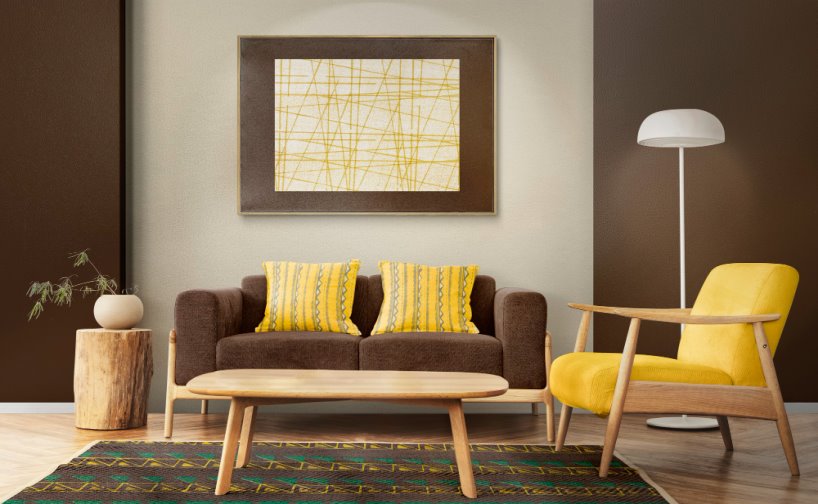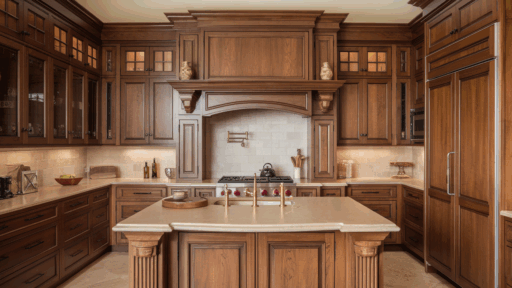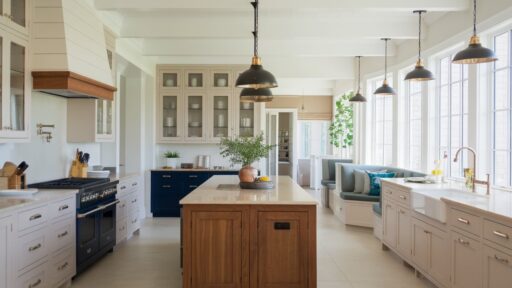In today’s world, sustainability has become a key consideration for homeowners and interior designers alike. People are increasingly looking for ways to reduce their environmental footprint while still enjoying high-quality, stylish living spaces.
One of the most effective ways to achieve this balance is by choosing timber furniture. Not only does timber have a timeless beauty and durability, but it also offers numerous environmental benefits that make it the best choice for sustainable living. Here’s why timber furniture should be at the top of your list when creating an eco-friendly home.
Renewable Resource
Unlike many other materials used in furniture-making, timber is a renewable resource. Trees can be replanted and grown again, making timber an environmentally friendly choice. As long as forests are responsibly managed, they can continue to supply wood for generations to come. Unlike non-renewable materials like metal, plastic, or certain composites, which have finite lifespans and contribute to landfill waste, timber offers a sustainable alternative.
Sustainable forest management practices, such as those certified by organizations like the Forest Stewardship Council (FSC), ensure that the timber used in furniture production is harvested in a way that minimizes environmental harm. FSC-certified timber guarantees that the wood comes from forests that are responsibly managed, supporting biodiversity, and preventing deforestation.
Long-Lasting Durability
Timber furniture is known for its exceptional durability. High-quality wooden pieces can last for decades, even generations, with proper care. This long lifespan means that you won’t need to replace furniture frequently, reducing the demand for new resources and minimizing waste. The timeless nature of timber means that, with a bit of care, your furniture can stay functional and stylish for many years, making it a wise investment for both your home and the planet.
Additionally, when the furniture eventually reaches the end of its life, it can often be recycled or repurposed. Old wooden furniture can be refurbished, sanded, and restained, giving it new life rather than adding to landfill waste.
Lower Carbon Footprint

The production of timber furniture generally has a lower carbon footprint than that of furniture made from synthetic materials. Timber requires far less energy to process and manufacture compared to metal or plastic, which often require energy-intensive production processes. Additionally, trees naturally absorb carbon dioxide as they grow, making timber products an environmentally friendly material choice. By choosing timber furniture, you’re supporting the natural carbon cycle, helping to offset some of the emissions caused by other aspects of production.
Some brands even use reclaimed timber, further reducing the carbon footprint by repurposing wood that would otherwise go to waste. This process also prevents the need for new timber to be cut, protecting forests from unnecessary deforestation.
Biodegradable and Non-Toxic
Timber is a biodegradable material, meaning that when it reaches the end of its useful life, it won’t sit in a landfill for centuries like plastic or synthetic materials. Instead, it will naturally decompose and return to the earth, contributing to the regeneration of soil. This characteristic makes timber a more eco-friendly option compared to other materials that often release harmful chemicals into the environment when they break down.
Moreover, timber furniture is often free from toxic chemicals and finishes commonly found in other furniture types. While some mass-produced wooden furniture may be treated with chemical preservatives or paints, many high-quality timber pieces are treated with natural oils and finishes, which are safer for both the environment and your home.
Aesthetic Appeal and Versatility
Not only is timber furniture sustainable, but it also adds a warmth and natural beauty to any living space. The unique grain patterns and textures of wood can be appreciated in every piece, offering a timeless aesthetic that complements a wide variety of interior styles. Whether you’re decorating a rustic farmhouse or a modern minimalist home, timber furniture blends effortlessly with different themes, making it a versatile choice for every design taste.
Timber’s versatility also extends to its ability to age beautifully. Over time, timber furniture develops a unique patina that adds character and charm to the piece, enhancing its value and appeal. This means that your furniture becomes more beautiful the longer you have it, giving it a unique personal touch that’s hard to replicate with other materials.
Supports Sustainable Practices and Local Economies
By choosing timber furniture, you’re often supporting local economies and small businesses that specialize in handcrafted, sustainable products. Many artisans and craftsmen use locally sourced timber to create bespoke pieces, which helps reduce transportation emissions and supports regional economies. Opting for local wood also encourages better forest management practices and a more sustainable supply chain.
In Summary
Timber furniture is a sustainable, long-lasting, and environmentally friendly choice for anyone looking to make eco-conscious decisions in their home. It is a renewable resource, has a low carbon footprint, is biodegradable, and offers unmatched durability.
Not only will you be making a positive impact on the planet, but you’ll also be adding a beautiful, timeless element to your living space. Whether you’re outfitting a single room or redesigning your entire home, choosing timber furniture is a decision that benefits both you and the environment for years to come.







